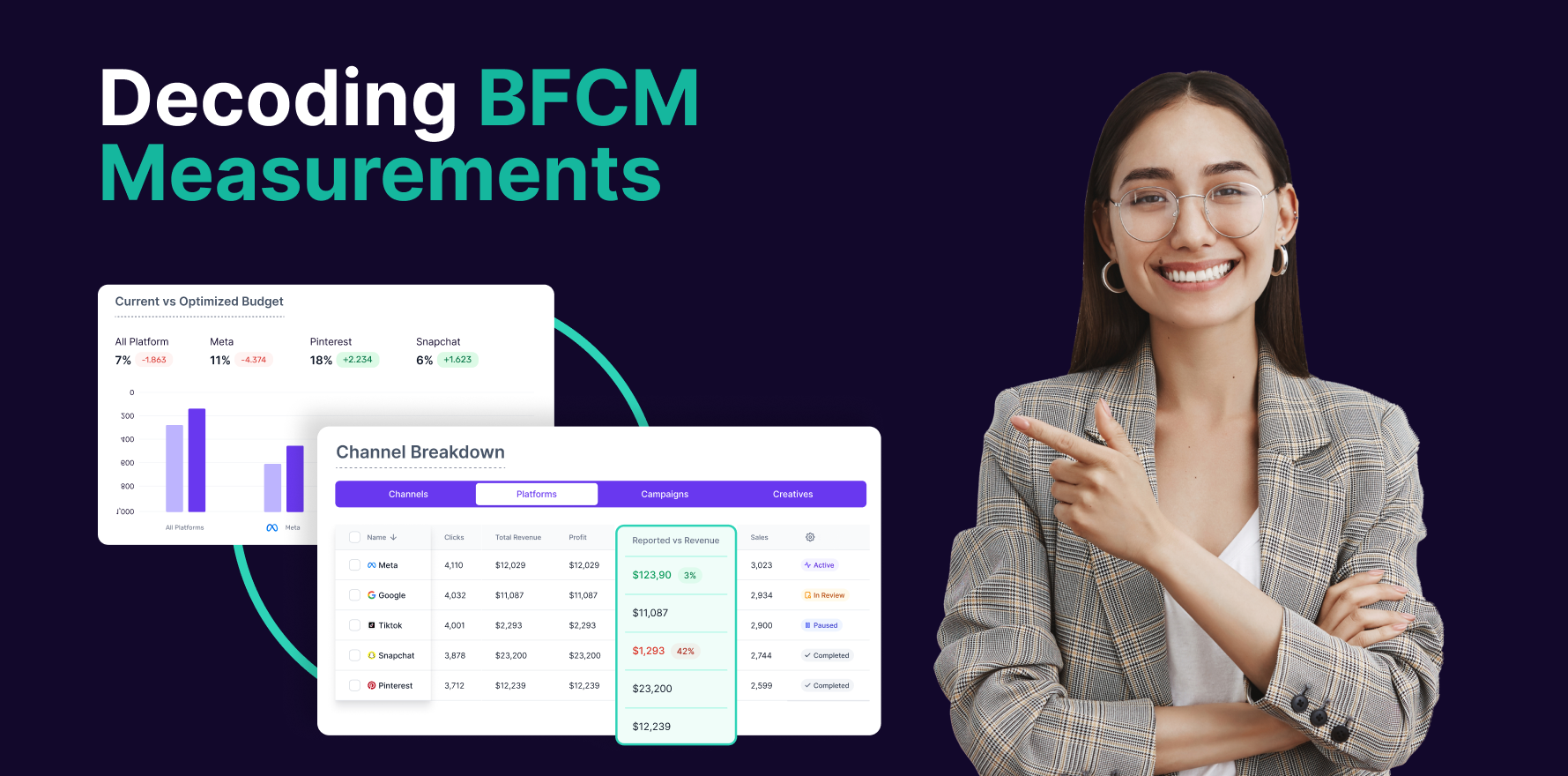
Introduction
Setting a budget for Google Ads is a fundamental step in optimizing your digital advertising efforts. A well-planned budget not only ensures that your advertising spend is used effectively but also aligns with your marketing objectives to achieve the best possible return on investment. This guide provides a detailed, step-by-step approach to creating a Google Ads budget that maximizes your advertising impact while staying within your financial limits.
Step 1: Define Your Advertising Goals
Understanding your goals is crucial for setting an effective budget.
- Identify Objectives: Determine what you want to achieve with your Google Ads campaign. Common objectives include increasing website traffic, generating leads, or boosting sales.
- Set Key Performance Indicators (KPIs): Define the metrics that will measure the success of your campaign, such as click-through rate (CTR), conversion rate, or cost per acquisition (CPA).
Step 2: Understand Your Target Audience
Knowing your target audience helps in making informed budget decisions.
- Research Audience Demographics: Identify characteristics such as age, gender, location, and interests.
- Analyze Competitor Spending: Understand how much competitors are spending and how they target similar audiences.
Step 3: Conduct Market Research
Market research helps gauge how much you need to spend to stay competitive.
- Keyword Research: Use tools like Google Keyword Planner to identify relevant keywords and their average costs.
- Industry Benchmarks: Look at industry standards for CPC (cost per click) and CPA to understand typical spending levels.
Step 4: Calculate Your Budget Based on Goals
Align your budget with your specific goals and resources.
- Estimate Cost Per Click (CPC): Based on keyword research, estimate the average CPC for your chosen keywords.
- Determine Required Clicks: Calculate the number of clicks needed to achieve your goals. For example, if your goal is 100 conversions and your conversion rate is 2%, you need 5,000 clicks.
- Set Monthly Budget: Multiply the estimated CPC by the number of clicks needed to determine your monthly budget.
Step 5: Choose Your Budget Type
Google Ads offers different budget types, each with unique benefits.
- Daily Budget: Set a daily spending limit that Google Ads will not exceed.
- Shared Budget: Allocate a single budget across multiple campaigns for flexibility and optimization.
- Campaign-Level Budget: Set individual budgets for each campaign to maintain control over spending.
Step 6: Allocate Budget Across Campaigns
Effective budget allocation ensures optimal performance.
- Prioritize Campaigns: Allocate more budget to campaigns with higher potential for conversion or those targeting high-value keywords.
- Adjust Based on Performance: Monitor performance and reallocate funds to high-performing campaigns as needed.
Step 7: Monitor and Adjust Budget Regularly
Regular monitoring is key to maintaining an effective budget.
- Track Performance Metrics: Use Google Ads reporting tools to monitor metrics like CTR, CPA, and conversion rates.
- Adjust Budget Based on Performance: Increase or decrease budgets based on campaign performance and changes in marketing objectives.
Step 8: Use Bid Strategies to Maximize Budget Efficiency
Bid strategies help you make the most of your budget.
- Manual CPC Bidding: Set your own bids for clicks to control costs.
- Automated Bidding: Use Google’s automated bidding strategies, such as Target CPA or Maximize Conversions, to optimize bids based on your budget.
Step 9: Leverage Ad Extensions
Ad extensions can improve ad performance without increasing costs.
- Add Site Link Extensions: Provide additional links to relevant pages on your website.
- Use Callout Extensions: Highlight key features or benefits of your products or services.
Step 10: Review and Refine Budget Strategies
Continuous review and refinement ensure ongoing success.
- Analyze ROI: Evaluate the return on investment for each campaign and adjust budgets as needed.
- Test New Strategies: Experiment with different budget allocations and bidding strategies to find the most effective approach.
Summary
Setting a budget for Google Ads involves a structured approach starting with defining your goals and understanding your target audience. Conduct thorough market research to estimate costs and calculate your budget based on your goals. Choose the appropriate budget type and allocate funds effectively across campaigns. Regularly monitor and adjust your budget, use bid strategies for efficiency, and leverage ad extensions to enhance performance. Finally, continuously review and refine your budget strategies to ensure optimal results and ROI
Free essential resources for success
Discover more from Lifesight















